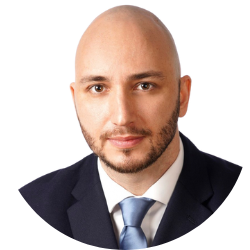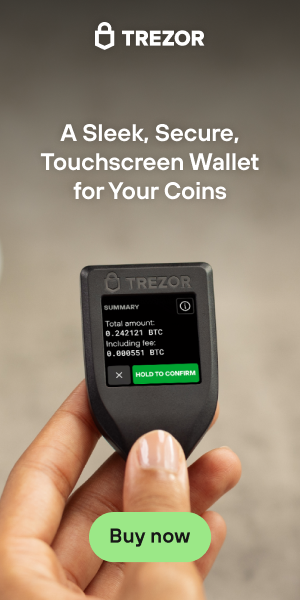In European patent law, a recent development turned out to be good news for US applicants, particularly those seeking protection for their inventions via European patents (EP) through the Patent Cooperation Treaty (PCT) applications. The decisions in G1/22 and G2/22 by the Enlarged Board of Appeal (EBoA) of the European Patent Office have introduced a pivotal change, especially relevant to patents claiming priority from US applications filed before the America Invents Act came into effect in 2012.
For decades, US patent applications mandated filing with the inventors as the applicants. This procedural nuance has long cast a shadow of uncertainty over European patents claiming such US priority, but with G1/22 and G2/22, a new era of legal certainty begins. These rulings establish a rebuttable presumption of legal validity of the entitlement to claim priority – a significant shift that will benefit many existing European patents for another decade.
Point 110 of the EBoA’s decisions crystallizes the change in approach towards challenging the validity of the entitlement to priority. The EBoA underscores that mere doubts or ignorance regarding the fulfillment of formal requirements are insufficient. Instead, the onus is on the challenger to present specific facts substantiating serious doubts about the applicant’s entitlement to priority. This raises the bar for invalidating priority claims, necessitating more concrete evidence from the opposing party.
Interestingly, the EBoA acknowledges that while the presumption of entitlement exists from the date the priority is claimed, this does not ease the burden for opponents, especially considering the time lapse that may be involved. The EBoA also points out the relevance of national laws in certain situations, such as the legal existence of entities involved in priority rights transfers, further complicating the challenge for third parties.
Despite the strengthened position for patent applicants, the EBoA’s decision does not entirely close the door for challenges. Bad faith behavior or outcomes from other legal proceedings, such as national court litigations concerning the title to the application, remain viable points of attack.
Another significant aspect of G1/22 and G2/22 is the application of the rebuttable presumption to EP patent applications and patents cited in EPO proceedings that claim a priority. This could simplify establishing such documents as prior art.
Moreover, the EBoA’s consideration of the timing of the presumption of entitlement – at the priority claim date rather than the subsequent application filing date – and the nuances of Rule 52 of the EPC’s implementing regulations invite further discussion on the transfer of the right of priority and its procedural implications.
In conclusion, G1/22 and G2/22 mark a transformative phase in European patent law, especially for US applicants. While they provide a robust shield for priority entitlements, the landscape is not devoid of challenges. For potential clients navigating this complex terrain, understanding these nuances and adapting strategies accordingly is crucial for securing and maintaining robust patent protection in Europe.



